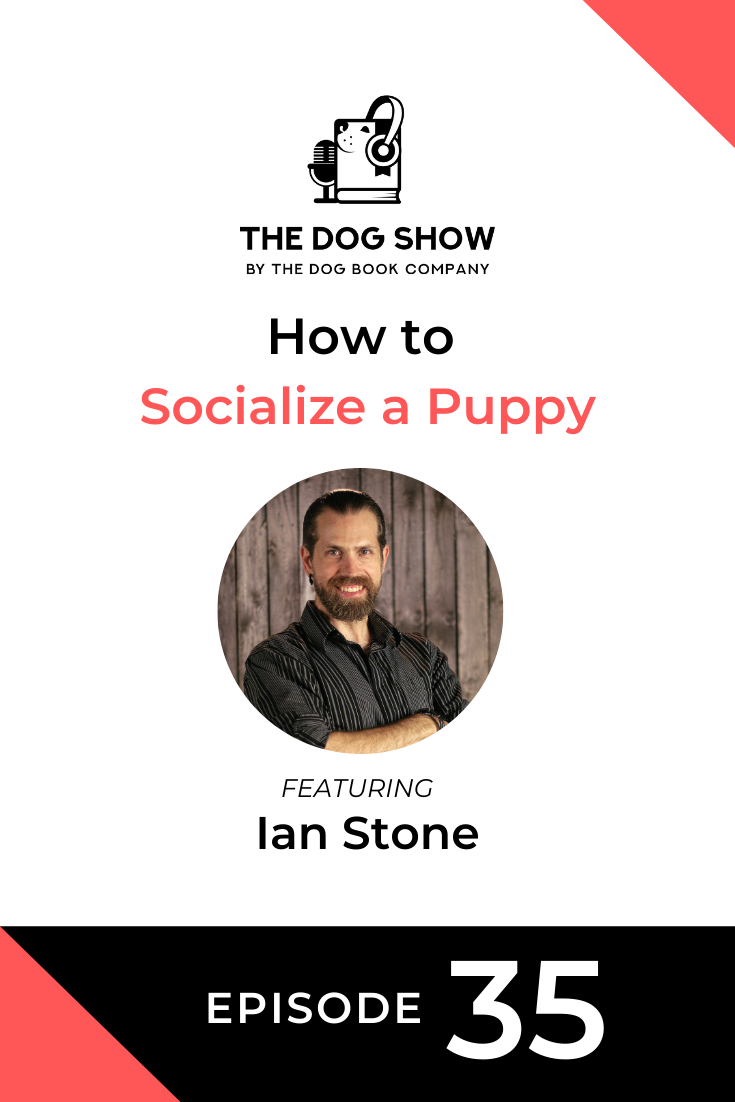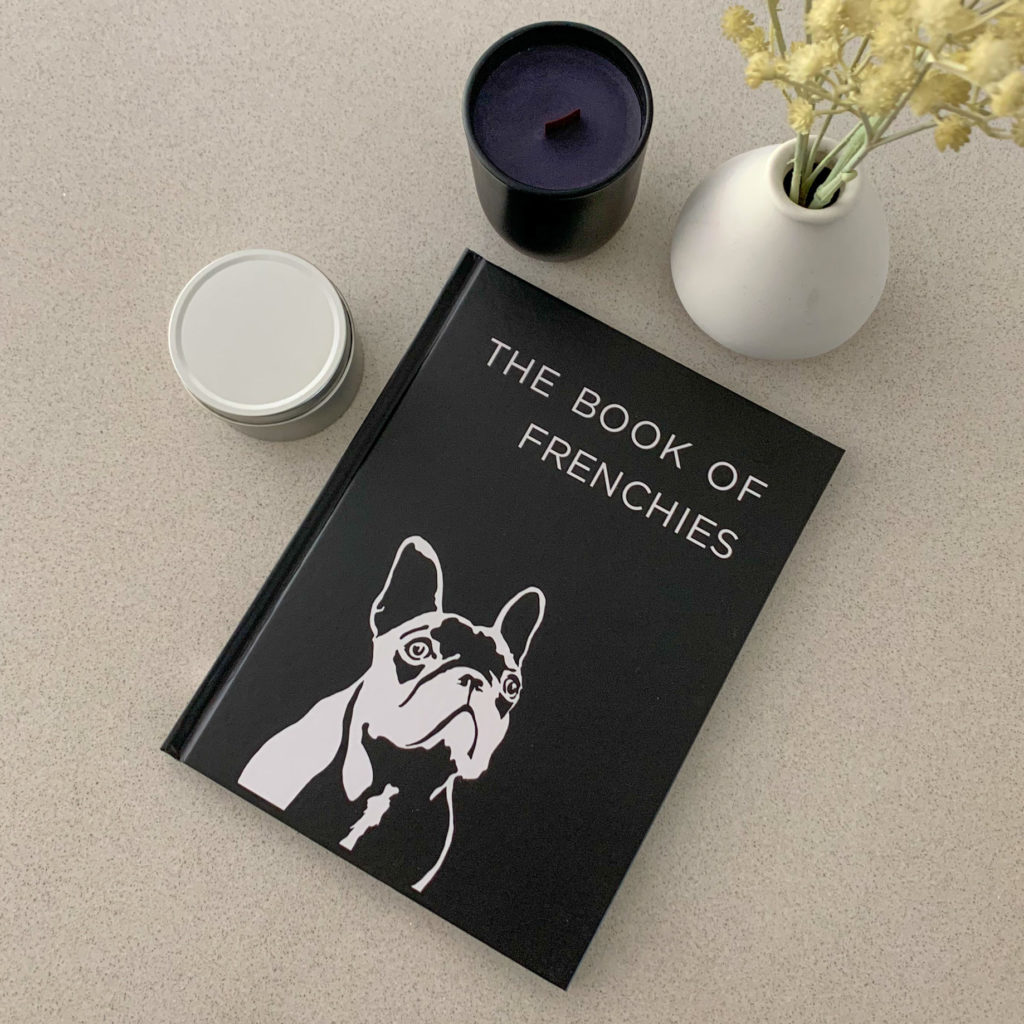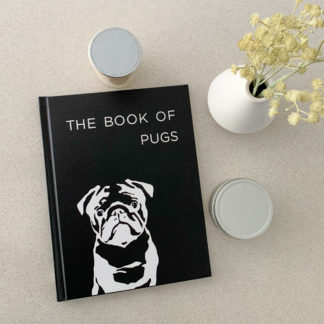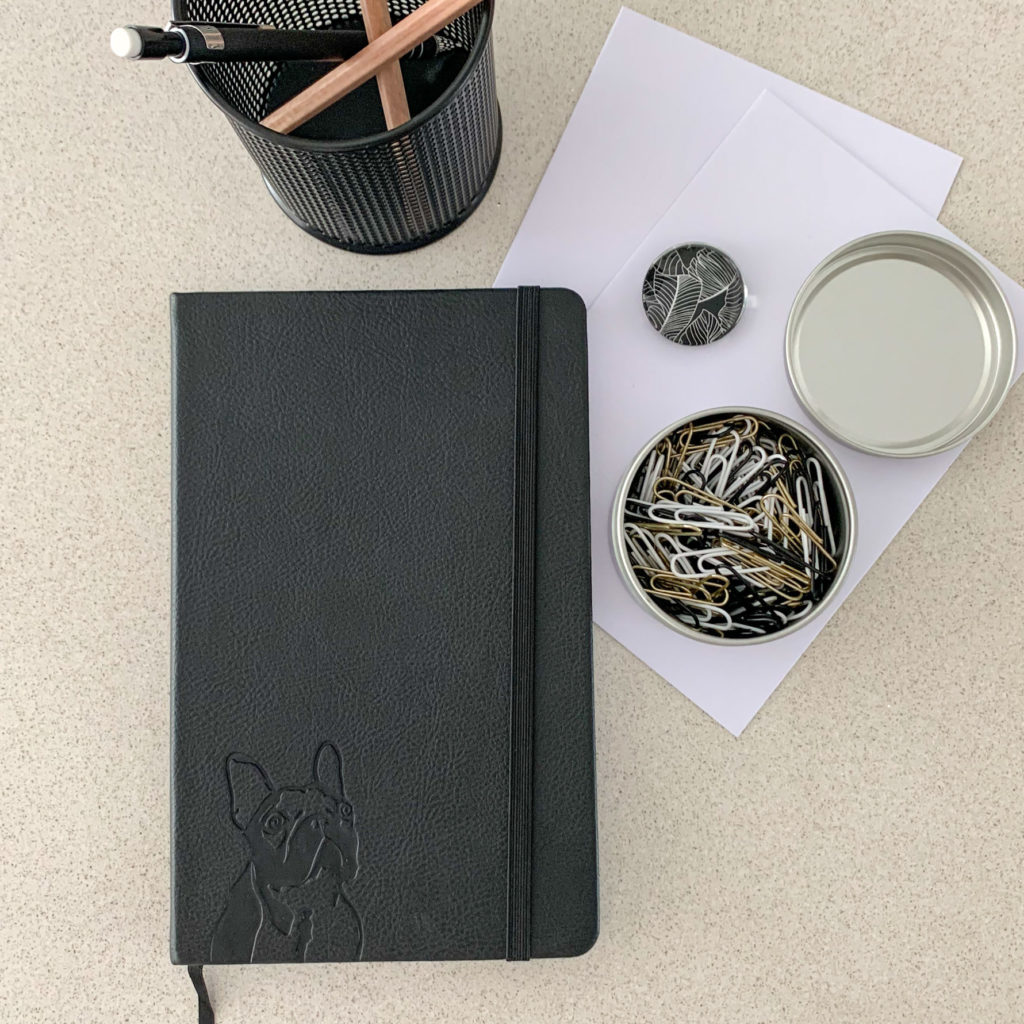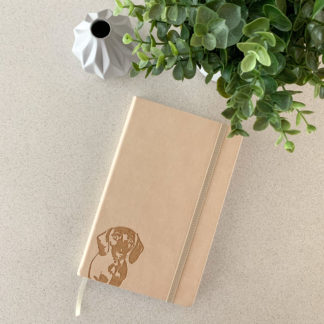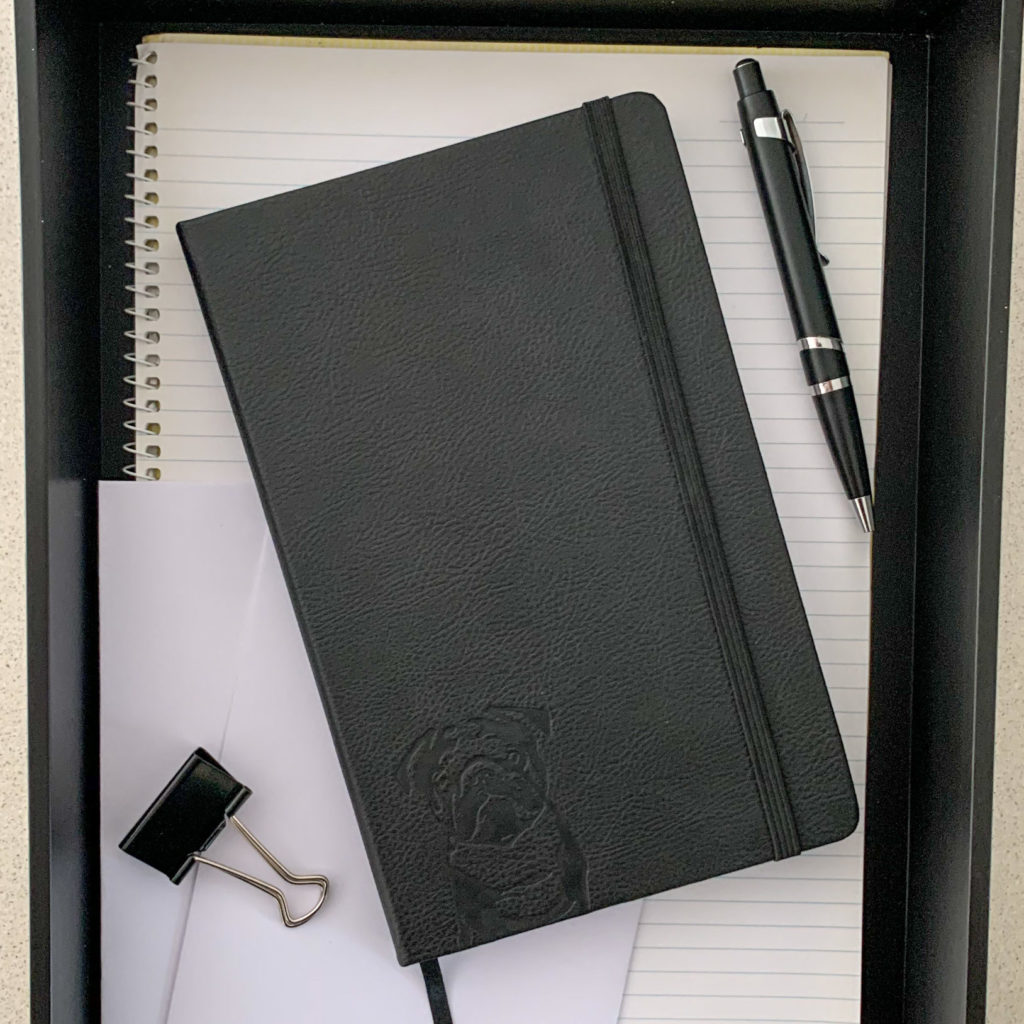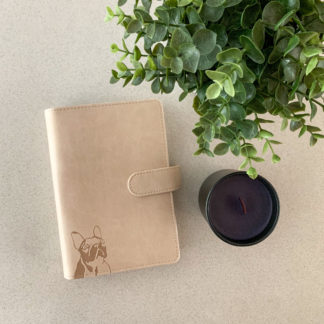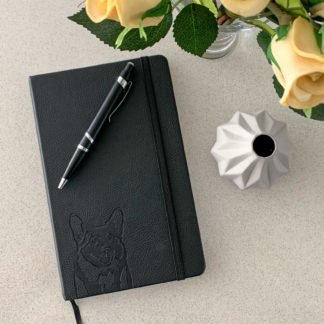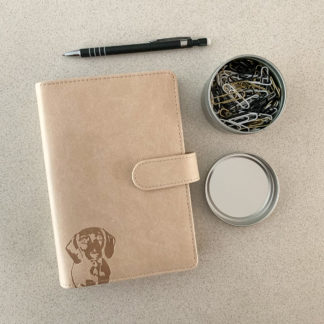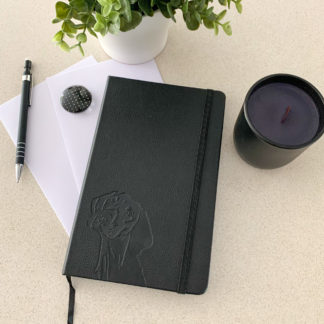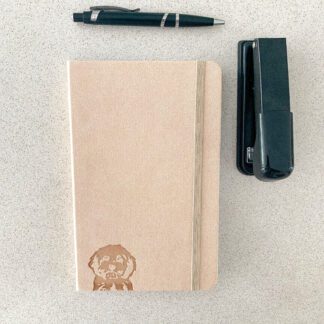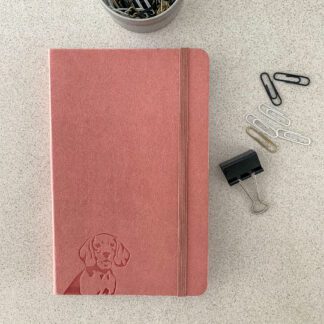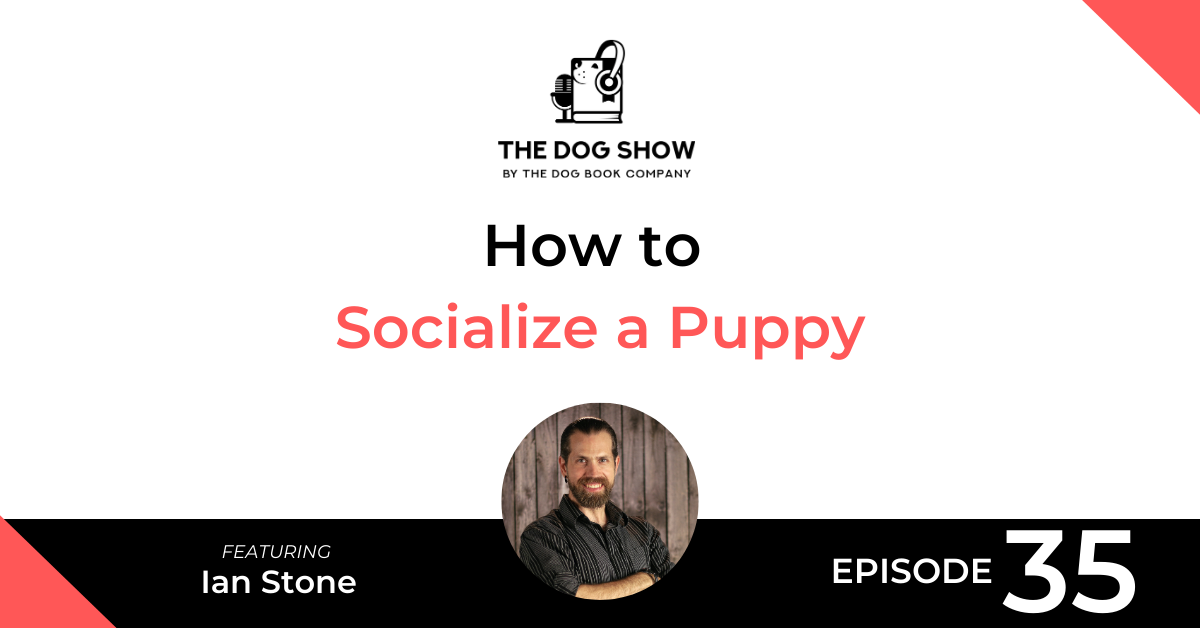
This episode of The Dog Show features Ian Stone who also appeared in Episode 20. Ian is the owner and principal trainer of Simpawtico Dog Training. Simpawtico uses intelligent and creative training techniques to help you manage, motivate, and learn about your beloved canine family members.
Ian also has a Master’s degree in teaching from Southern Oregon University and lives with his wife and four dogs in upstate New York.
In the interview, we talk about puppy socialization; including why it’s important, the ideal “window” for socializing a puppy, and how to do it effectively.
Find out more about Simpawtico Dog Training here:
Listen
Watch
Read
Will: Ian Stone, welcome to “The Dog Show” once again. This is your second time coming on but thank you for coming back.
Ian: Thank you for having me, Will. I really appreciate it.
Will: Yeah, your first episode was episode number 20 and we kind of…if anyone wants to check out that episode to hear about the dogs you have, how you became a dog trainer, and kind of all the history around that, also get some great tips on dealing with puppy biting and chewing, I highly recommend checking that out just to kind of get an overview of everything that’s going on. But today, we’re gonna get kind of straight into the meaty stuff because I already know that you’re an expert and I’d love to hear more about puppy socialization today. So yeah, thanks for coming on again.
Ian: Super. I’m excited.
Will: Yeah. So puppy socialization is a topic which you’ve covered on your YouTube channel a little bit and it’s a really important one I think for people to be educated about, especially with so many people getting new puppies at the moment. So what would you say that kind of early puppy socialization, and when I say puppy socialization, I assume I’m talking about, you know, the socialization of dogs with other dogs, right? Is that what you’d call puppy socialization? And why do you think it’s important?
Ian: That’s one component of it definitely, dog to dog socialization. Honestly, though, I would say for a pet dog, there are other pieces that are, in my opinion, more important than dog to dog socialization. I want dogs to be comfortable around other dogs and to feel confident around other dogs and to kind of learn how to behave around other dogs, you know, just like we do with kids. We teach kids how to say please and thank you and how to shake hands and look people in the eye, and you have to have similar conversations with your puppy too and help them develop those skills. But in the world at large, it’s, I think, much more important to be socialized to people and to different situations in the world because they will encounter those way more likely than they will other dogs.
Will: That makes a lot of sense. I guess, yeah, so the puppy socialization with puppies, with people, I imagine children is an important one in that ecosystem but I didn’t so much think of it as like a, yeah, social situations, so that’s kind of the third element. With all of that complexity that is going on there, is there a certain window that you need to be aware of when you’re socializing a puppy at a young age?
Ian: Definitely. So the proximal window for socialization closes at about 16 weeks. There’s a bunch of really super important socialization that happens in the very early stages, neonatal, and the weeks following that. But that stuff is taken care of ostensibly by your breeder and the puppy’s litter and parents and things like that. Once you get your puppy at ideally eight weeks old, you should absolutely start socializing that puppy immediately and you wanna get the bulk of that done before 16 weeks. You can do socialization post-16 weeks, but after 16 weeks, like that door doesn’t really creek shut, it kind of slams shut and you just are not able to do as much as you can the longer you wait.
So, you know, I tell some of my students, think of it like you’re on a treadmill and it’s perfectly flat and it’s at a nice pace. And the longer you go on it, you get to where you’re approaching that 16 weeks, the treadmill starts to incline and it just gets steeper and steeper and steeper and steeper. So it’s best to get most of your travel done when it’s still relatively flat than waiting for it to be really steep.
Will: That’s a great metaphor actually. I did run on the treadmill so I’m talking to myself. So I’m just thinking about it, as you increase that incline, it’s like, “Yeah, that’s getting a bit harder. I can’t last as long on this…” [crosstalk 00:04:58.170]
Ian: Exactly.
Will: So I guess it feels like you’ve got two months then if you’re getting a dog at the eight-week period, which is the recommended time after the vaccinations and things like that, and then you’ve got an eight-week or two-month period to do all your socialization work.
Ian: The bulk of it, yeah. Now, if you get that good foundation set, you should absolutely continue your socialization but you want to build on, you know, that solid foundation that you’ve established pre-16 weeks, then you’re really just augmenting, you know, the neural connections that are already there. The biggest problems I see are people that don’t do any functional socialization before 16 weeks and then they’re like, “Well, I guess I better start,” and that dog will never be what it could have been because the door shut. You’re building on a shaky first floor.
Will: What about, I guess, if someone’s getting a rescue that’s a bit older or they just happened to adopt a dog which is already past that kind of window, I mean, I don’t want them to feel like, you know, there’s no hope kind of thing. It’s just a lot harder, right?
Ian: It’s not that there’s no hope. It just depends on, again, what those socialization experiences have been and then what their experiences have been past that, right? So dogs go through several fear periods where they really need you to kind of re-emphasize, “Hey, listen, the world is not that terrifying. It’s okay. We can do this together.” And then they may have bad experiences, you know, even in adolescence. So if you get an older dog, you can make some progress with things like fear and reactivity but, and I don’t wanna scare people with this, but the reality is, is there’s just some things you will never be able to fix, you know. It’s just unfortunate. If you get a dog that was unsocialized during those first three months of life, and good socialization didn’t really start until you got it, you’re probably gonna be working with that for the whole rest of the life of that dog.
Will: So I guess then, we won’t go into that too much because it’s kind of just straying from the topic but I guess that aspect is then it becomes more of an ongoing management issue rather than a… I guess if you’re doing the socialization in that first window, then you’re kind of de-risking the rest of their life whereas if you have to revert backwards, it’s kind of like a management issue.
Ian: Exactly right. Yep. Exactly right.
Will: So you mentioned good socialization. So we’ve clarified that that window is ideally probably 8 to 16 weeks when the owners can socialize the puppies. I know there’s a period before that when it’s probably you don’t have the dog yet, but what does good socialization look like? What would you do if you got a new puppy at that age to do it and what would your process be?
Ian: Sure. Well, like I said, you wanna think in terms of people, dogs, and situations. And like I said, my big emphasis is on people and situations because that’s what they’ll run into more than anything else. Dog to dog socialization is great and dog to dog socialization will actually help with your bite inhibition like we talked about in the last episode. That’ll move that along a lot faster. But, you know, your dog is gonna experience people and places more than anything else. So the process really has to deal with you have to compete with your vaccination schedule, too. So here in the U.S., puppies typically get their first shot at 6 weeks from the breeder, and then they get their next shot at 12 weeks, and then they get their final shot at around 16 weeks. That’s the ideal schedule.
Now, previously, you know, in years past, vets were saying, “Well, don’t take your dog out of the house until they get their third shot.” In the last 10 years, the veterinary community has really been saying, “Well, we understand that there’s that 16-week window for socialization,” like you have to start your socialization before your set vaccines are completely done. So how do you reconcile those things? Well, you do protected contact and, really, socialization is about exposing them to novel stimuli and then making good experience, and you don’t have to have direct contact to do that. So, for example, construction down your street, take your dog in the car, just go hang out and go, “Hey, look, there’s a jackhammer,” treat, treat, treat. “There’s a guy in a hardhat,” treat, treat, treat. “There’s a dump truck,” treat, treat, treat. “Okay, let’s go home.”
You know, and the dog is like, “Yeah, that really wasn’t that bad.” You can put your dog in a cart and, you know, roll around a store that’s dog-friendly, you can go through drive-throughs, you can get takeout at a restaurant, you can, you know, take them on picnics as long as you’re carrying them and keeping them on blankets or in little soft crates or pens or things like that. I mean, there’s a lot of ways that you can do good protected contact and still expose them to the world at large and, really honestly, as creative as you wanna get, that’s really what you gotta do. I mean, people with hats, backpacks, umbrellas, people of color, tall people, short people, people that speak loud, people that speak with their hands, cars backfiring, food cooking at a cookout, children playing in a playground, bark, gravel, wood, cement, you know, metal, every kind of surface they could walk on, grass, mud, dirt. Any of those things that you can expose them to and make it a good experience really builds a strong, strong foundation and that confidence, that stability that we want from a dog later in life.
Will: It’s funny, all these things you’re mentioning, I’m like I just take those for granted day to day but I guess that’s the point, right? We’re trying to find all of those little bits of stimuli we’re exposed to each day, which a dog has never seen before and understand which ones could, you know, spark some sort of reaction or anxiety or, I guess, unsureness, right?
Ian: Right, exactly. I mean, every dog, of course, there’s a genetic component. You know, some dogs just come from really strong genes. And then, you know, the environment tends to switch genes on and off. And so some dogs come in and they’re really resilient to begin with, they need very little exposure to stimuli. They’re kind of neutral to begin with. And if you’re like, “Hey, this is fun,” and they’re like, “Okay.” And then there’s dogs that come in, puppies that come in, and they need a lot of proactive work, you know. They’re just kind of…everything is spooky and startles them and kind of makes them jump and side-eye and you really…those are the dogs that specifically, you go like every single day we’re having an outing. Absolutely.
Will: Yeah. So what are the kind of downsides of not giving them that stimuli in the puppy socialization period? Is it really anxiety? Is that the main thing that’s coming from that or the other things as well?
Ian: Generally, that’s it. You know, it’s kind of fear, anxiety, reactivity. I mean, so, you know, in nature, humans are like this too. Stressful stimuli triggers one of the four Fs, fight, flight, freeze, or flirt. So you’re either going to confront something and try to make it go away, or you’re going to run away from something, or you’re going to completely freeze up and hope that you get out of it without too much damage, or you’re gonna flirt, you’re gonna try to defuse the situation. So you tend to see fight, flight, and freeze more than anything in a stressful situation and more things become stressful, right? You might have a well-socialized dog that, you know, maybe just doesn’t like having their teeth examined at the vet but they’re pretty neutral. They’re just, you know, moving their head, they never get growly or bitey about it. They just say, “Don’t do that. Don’t do that.”
Or you could have a dog that when you go out in public, just gator-rolls in the leash and barks at everything and lunges and snaps or tries to run away or shivers and trembles. And, you know, it’s like the world is one great, big, giant, haunted house for those dogs and, you know, around every corner is some ghoul ready to scoop them up and gobble them up.
Will: Well, that’s, I mean, from an owner’s perspective, seeing them in those states is quite, you know, concerning. So I mean, you wanna be able to, you know, avoid that if you can as the dog grows up.
Ian: Right, exactly. And see, that’s where that window I talked about, like, so let’s say, you know, you adopted a dog and you brought it to me and you said, “Okay, it’s two years old, it’s really scared when we go on a walk. What can we do?” And I can definitely help you through some behavioral modification protocols to increase confidence and to increase their owner confidence so they’re deferring to you and to help them build some coping skills but that 16-week window of socialization is really gonna determine how far you can take that. You may get to a point where it’s manageable. If they had poor socialization, you might get to a point where it’s just manageable and you just have to avoid certain situations. If they had wonderful socialization and they’re still scared by a certain thing, you might be able to completely unravel it, you know, to the point where they’re not scared at all. So yeah, there’s a lot of moving parts.
Will: So when you’re doing this eight-week window and working on the socialization, you mentioned the three things, so people, dogs, and situations, right? That was the three?
Ian: Mm-hmm.
Will: I like the rule of three. I know that you do speak about that in your website a lot, the tree out of things, because it’s easier to remember three things more…like the brain stops thinking after that, right?
Ian: Right. Right.
Will: So are you looking at initially kind of doing it in small little doses and then expanding that out? Is that kind of the process?
Ian: Absolutely, absolutely. So the dog always tells you kind of what the pace is that they wanna go at, right? And so you always wanna keep the experience to what we call under threshold. So if I’m socializing a new puppy and I take them into a situation and I can tell that they’re way too scared of the situation, you know, they’re struggling with it, then we either have to stop and do it a different day or, you know, we do things to mitigate that, maybe we just need to get farther away. Like say the construction site that I talked about, you know, if a jackhammer goes off and the dog is clearly in distress, then the first thing I would try is like, “Okay, so first off today, we’re just gonna stop. Tomorrow, I’m gonna come back and instead of being 50 yards away, I’m gonna be 100 yards away. Can you handle that?”
If the dog is like, “Yeah, 100 yards, I can do that.” I’m like, “Fantastic. Let’s have lunch, let’s listen to that jackhammer, and then we’re gonna go home and play.” You know, so yeah, the small doses and then just listening to the dog or paying attention to your dog and seeing how fast they wanna go. Some dogs eat it up, man. They’re like, “Jackhammer? Great, let’s go find the dump trucks and steamrollers.” And you’re like, “Okay, that’s great.”
Will: Yeah, so it sounds like everything to do with behavior or training of any thought, whether it’s for dogs or humans, it’s just like about discipline and slowly kind of gradually improving in something, right?
Ian: Correct. Correct. Yep. Yep, exactly.
Will: Okay, so we’re gonna wrap up puppy socialization there, but if you had to give any more final advice to owners apart from what we’ve said so far, what would that be?
Ian: I would say that, I know that we’ve talked about some vaccination schedules and then, of course, we are in a pandemic world so that complicates everything. And I would say that just understand that even minimal exposure is on a completely different planet than no exposure. Scott and Fuller, who are huge names in puppy development from, you know, 40 years ago, wrote the book on it that’s still being used, did experiments and they demonstrated that even puppies that had only seen people through a door were head and shoulders better than puppies that had not had any interaction with people. I mean, it’s just not even comparable. So even if you feel like you can’t do as much as you’d like, do something because it’s tremendous impact.
Will: Yeah, that’s great advice. And if anyone wants to go even deeper on this topic, I know that you’ve got a video on YouTube which people can check out as well.
Ian: Yep. We got a couple of videos on YouTube and some articles on our website too that go even deeper than the videos.
Will: Perfect. Well, thanks for sharing that advice on puppy socialization, Ian.
Ian: My pleasure. My pleasure.
From Our Store
-
French Bulldog Coffee Table Book – The Book of Frenchies
From: AUD $59.99 Add to cart -
Dachshund Coffee Table Book – The Book of Dachshunds
From: AUD $59.99 Add to cart -
Pug Coffee Table Book – The Book of Pugs
AUD $59.99 Add to cart -
French Bulldog Notebook – A5, Hardcover, PU Leather, 100gsm Lined Pages, Bookmark (Three Colours)
AUD $34.99 Select options -
Dachshund Notebook – A5, Hardcover, PU Leather, 100gsm Lined Pages, Bookmark (Three Colours)
AUD $34.99 Select options -
Pug Notebook – A5, Hardcover, Black PU Leather, 100gsm Lined Pages, Bookmark (Three Colours)
AUD $34.99 Select options -
French Bulldog Planner – PU Leather Exterior, Metal Loose Leaf Ring Binder, 100gsm Paper (Two Colours)
AUD $64.99 Select options -
Corgi Notebook – A5, Hardcover, Black PU Leather, 100gsm Lined Pages, Bookmark (Three Colours)
AUD $34.99 Select options -
Dachshund Planner – PU Leather Exterior, Metal Loose Leaf Ring Binder, 100gsm Paper (Two Colours)
AUD $64.99 Select options -
Vizsla/Weimaraner Notebook – A5, Hardcover, PU Leather, 100gsm Lined Pages, Bookmark (Three Colours)
AUD $34.99 Select options -
Cavoodle Notebook – A5, Hardcover, Black PU Leather, 100gsm Lined Pages, Bookmark (Three Colours)
AUD $34.99 Select options -
Beagle Notebook – A5, Hardcover, PU Leather, 100gsm Lined Pages, Bookmark (Three Colours)
AUD $34.99 Select options
